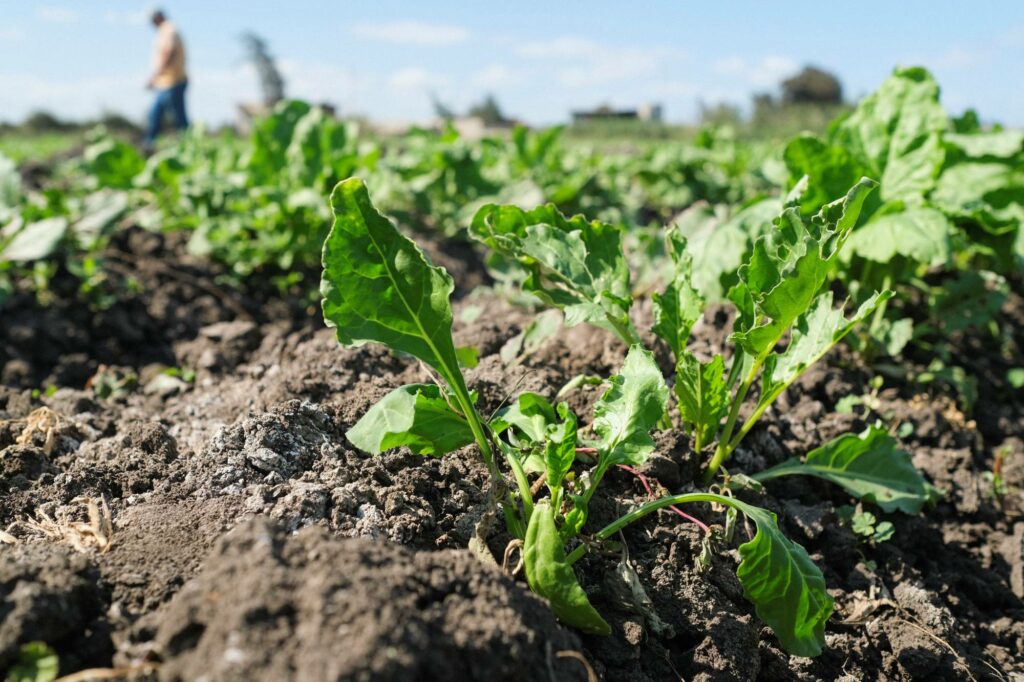
Nile River shot from space.
Papyrus and other wild plants along the Nile river are under threats.
What’s the problem?

Climate Change
Lots of evidences shows that the climate in ancient Egypt was much wetter than it is today. Data drawn from cores in the Nile basin confirm that the climate began to dry around 2200 B.C. Tomb paintings and inscriptions hint that the environment became more arid toward the end of the Old Kingdom, as some plants disappeared and sand dunes crept close to river settlements. Papyrus is a plant that requires lots of water when growing, the decrease in the flow of the Nile leads to the recession of the area suitable for the growth of the papyrus.

Urban/Agricultural Encroachment
In order to support a larger population, large areas of the Nile Valley were cleared for farming. The impact of agricultural and urban expansion on wetlands is enormous, more water resources are used for irrigation and daily life, which accelerates the degradation of wetlands. Animal husbandry and breeding along the waters have also polluted the water.

Land Salinization
Due to the construction of the Aswan Dam, the flow of the lower Nile has been greatly reduced, which caused a series of problems. The coastal plains of the lower Nile lost the natural fertilizer brought by regular flooding, which leads to the decline of land fertility. The reduction of the flow of the Nile has prevented the downstream land from being washed by the same amount of freshwater as before, and the intrusion of sea water has become more and more obvious. As a result, the salinization of the land in the Nile Delta has become increasingly serious, and the coast has been eroded and retreated.